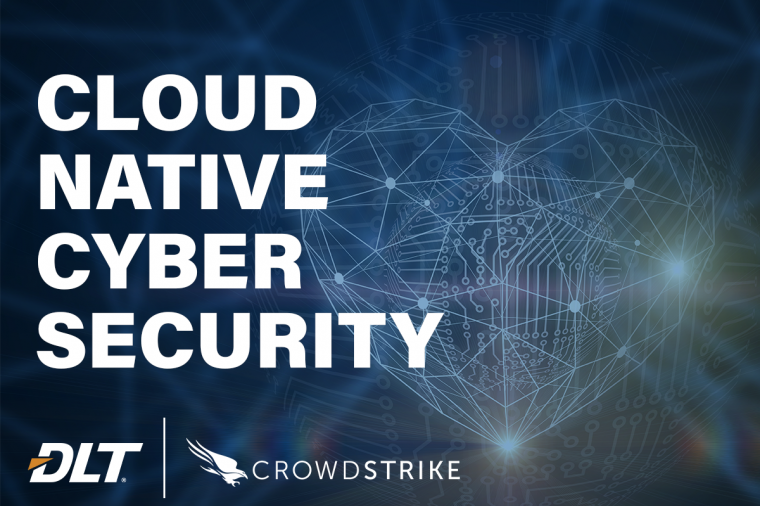IT Perspective
The days are getting shorter, and, as the end of September approaches, the window of opportunity for technology providers to capitalize on federal fiscal year-end sales opportunities is shrinking. September 30th marks the end of the federal government’s fiscal year which means the run-up to month-end is a busy one as contractors vie for federal “use it or lose it” dollars.
Data & Storage, Infrastructure
DLT Solutions recently sat down with NetApp Senior Director of U.S. Public Sector Channel Sales, David Drahozal, to discuss the recent revolution of NetApp's data fabric solutions.
DLT: So David, tell us a little about what you do at NetApp.
David: For over a decade, I’ve had the privilege of leading the US Public Sector channel here at NetApp. Its been a real exciting time as we have evolved from a NAS company to a leader in the consolidated virtualized data center, to today being a leader in hybrid cloud capabilities.
Cybersecurity, IT Perspective
Every Federal IT pro knows that security threats are a top agency priority. Yet, according to the SolarWinds 2019 Cybersecurity Survey, those threats are increasing—particularly the threat of accidental data exposure from people inside the agency.
Cybersecurity
Capital One has announced that about 140,000 Social Security numbers and 80,000 linked bank accounts were compromised “in one of the biggest-ever data breaches,” affecting some 100 million individuals in the U.S. and 6 million in Canada.
Cybersecurity, Healthcare
More and more organizations are making the move to cloud-based security solutions. Today, 33 percent of organizations are planning to adopt one or more security-as-a-service (SECaaS) solutions. The efficiency with which endpoint security solutions can provide protection, particularly when delivered as-a-service, is a key strategic consideration for many organizations – perhaps none more so than America’s network of medical schools and teaching hospitals.
Cloud Computing, Cybersecurity
It’s often said that there are two types of organizations: those that have been hacked, and those that will be – turning the conversations around security breaches from ‘what if?’ to ‘when?’.





